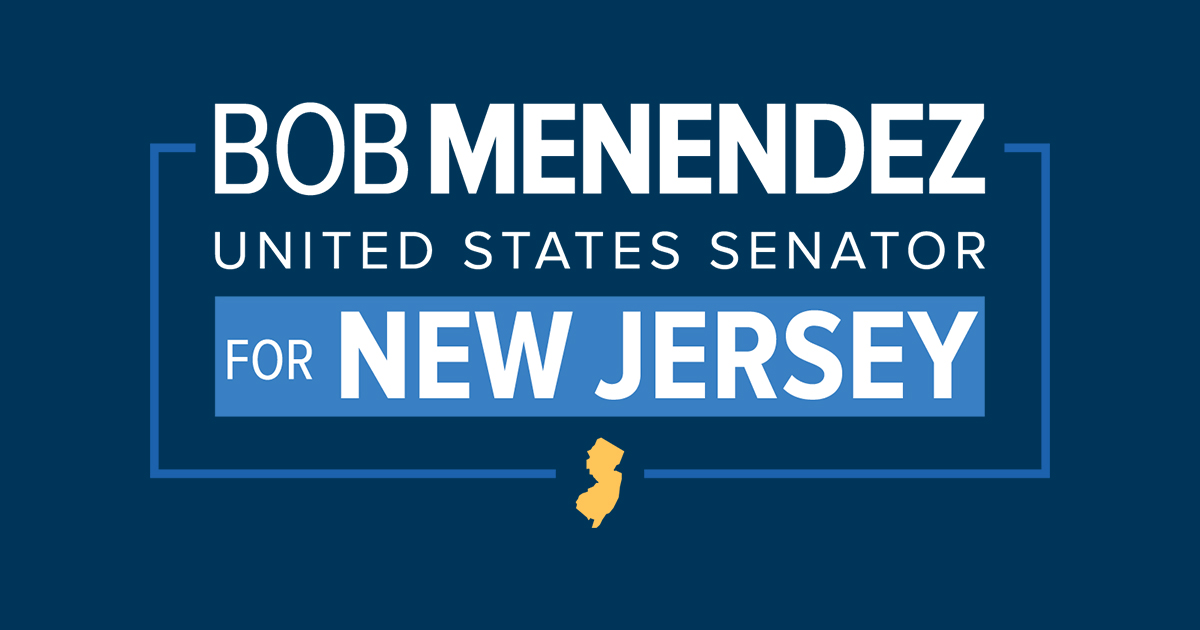Source: United States Senator for New Jersey Bob Menendez
“It’s been a long road since the EPA first added the Lower Passaic River to the Superfund National Priorities List. I am glad we have reached this milestone in our decades-long effort to complete the clean-up of the contamination left behind by a legacy of pollution on this vital waterway. This coordinated, whole of government effort will remove contaminated sediment through capping and dredging and will advance this project exponentially,” said Sen. Menendez. “I commend the Biden-Harris Administration for its commitment to ensuring the Passaic River is restored in order to protect the neighboring families and communities, as well as the fish and wildlife in the river. We have no greater responsibility than the health and safety of the community and no greater duty than keeping our air and water safe and clean for future generations.”
“For decades, the Passaic River has remained one of the most contaminated stretches of water in our nation because corporate polluters dumped toxic waste that severely damaged the local ecology of the site and threatened the health of families in surrounding communities,” said Sen. Booker. “I’m proud to join Deputy Administrator McCabe, colleagues, state officials, and advocates to announce this remediation effort that, in conjunction with work already taking place along the Lower Passaic River, will remove contaminated sediment from the area with minimal disturbance to nearby communities. As this urgently needed cleanup effort begins, it’s vital that we restore the health of the entire Passaic River – that means keeping polluters accountable until the River is completely clean and restored.”
“Investing in communities to make them cleaner, healthier, stronger, and more economically competitive is one of our most important objectives at EPA,” said EPA Deputy Administrator Janet McCabe. “The work we are doing under this plan will provide job opportunities for local residents and it means that the days of continuing contamination in the Passaic River are numbered. I’m looking forward to seeing this river transformed into a sustainable asset in communities that have been overburdened by pollution for far too long.”
The action is interim, meaning that while the plan calls for actions to begin now, once the interim action is completed EPA could decide that additional work may be needed to address any remaining contamination in this portion of the river. The finalized interim plan calls for:
- Capping and dredging of approximately 387,000 cubic yards of contaminated sediment that would otherwise have not been addressed until years later when all of EPA’s final study work is completed.
- Capping source areas of contamination. Prior to capping, sediment will be dredged to a depth to accommodate the cap so that the potential for flooding is not increased.
- Additional capping and dredging in areas with the potential for erosion and high concentrations of contaminants in the subsurface.
- Evaluating areas where sediments can be dredged so that capping would not be needed.
- Processing dredged materials at one or more nearby sediment processing facilities possibly already being used for work further downstream before material is taken offsite for disposal at licensed disposal facilities.
- Restricting activities in the river to protect the cap, and the continuation of New Jersey’s existing prohibitions on fish and crab consumption.
- Monitoring and maintaining the cap to ensure its stability and integrity in the long term
The interim action to remove source material is part of the adaptive management approach that EPA is using to reach a final cleanup plan for the Lower Passaic River Study Area. This means that ongoing sampling will be conducted to gauge the progress of the cleanup and assess the river to determine if more work is needed to meet the goals of a final plan. EPA would propose a final cleanup plan for the entire Lower Passaic River at that time.
###
